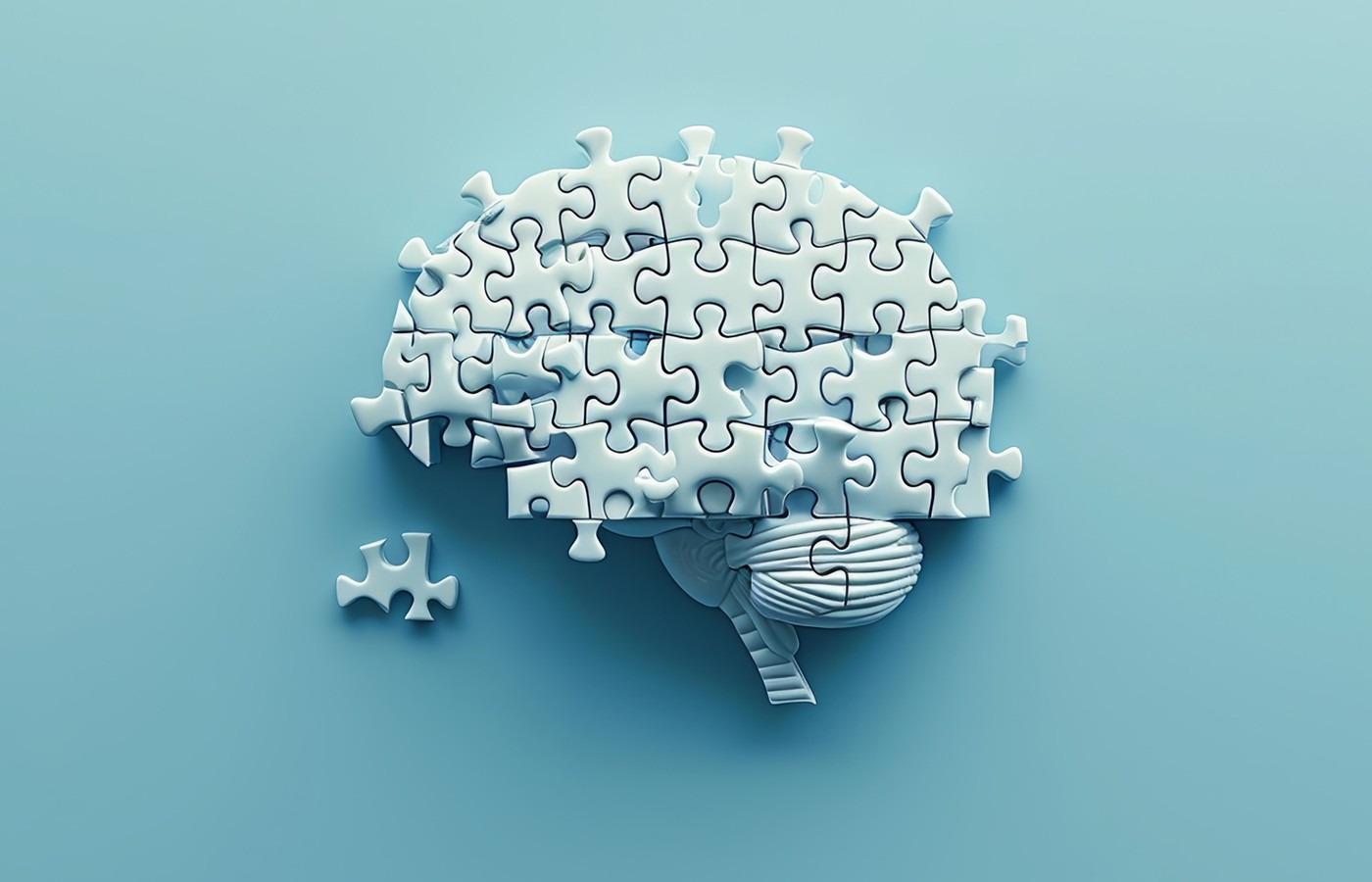New York's highest court of appeals has held that no-fault insurers cannot deny no-fault benefits where they unilaterally determine that a provider has committed misconduct based upon alleged fraudulent conduct. The Court held that this authority belongs solely to state regulators, specifically New York's Board of Regents, which oversees professional licensing and discipline. This follows a similar recent ruling in Florida reported in this publication.
The Missing Piece in Pain Neuroscience Education
I am going to reveal what I think is the missing piece of pain neuroscience education (PNE), which I hope will encourage chiropractic to embrace and use it with chronic pain patients who exhibit S/S of central sensitization.
If you are like me, you have those patients – the ones who, no matter what you try, no matter if they show up to every appointment, and maybe even try to get extra appointments, never get or stay better. They do the corrective exercises, or they don’t because they say they hurt or fear they might hurt. They pay for massages, or don’t because they say they hurt no matter how gentle or fear it will hurt to be touched. They flare with every stressor or weather pattern.
They have multiple medical diagnosis, often have ugly X-rays or MRIs (although sometimes not). Typically high on the pain scale, with symptoms all over the body that may or may not match known referral patterns; or you may spend your time chasing it as it moves. They often have a history of physical or emotional trauma. Every doctor before you has told them they are malingering or depressed, or have fibromyalgia. These chronic pain patients just never get or stay better. What is going on? Maladaptive neuroplasticity, also known as central sensitization or nociplastic pain.
Effects of Maladaptive Neuroplasticity
- It links normal sensory feedback signals to the emotional part of the brain.
- It alters afferent and efferent sensory signals changing the perception of pain.
- It delays trunk muscle recruitment, making it easier for chronic pain patients to be more easily injured again.
- Maladaptive efferent motor signals also affect the multifidi and other deep segmental stabilizing muscles, causing segmental instability, i.e., adjustments that don’t hold.
Bingo, there it is; the last point is how this concept is applicable to chiropractic. And it is the part not talked about in most articles or books discussing chronic pain. Not only is the pain in the brain, but it also has other physical effects.
So, we now know we can do the best adjustments, all the right corrective exercises, massage and any other modality you care to try, and it just might not work because the brain is fighting you and the patient the entire time. Time to switch from treating spine to brain. How do we change brain wiring?
Pain Neuroscience Education
Pain Neuroscience Education (PNE) is being embraced with rapidly growing awareness in the medical community. It has not been embraced as much in the chiropractic community, in my experience; in part because the medical community has not truly tried all options and has often ignored chiropractic.
But we as chiropractors also have these patients in our offices, and we have tried every option, including treating clinically relevant physical findings ignored by others, and they still have not improved. There is a growing body of evidence to support this concept of maladaptive neuroplastic-driven brain changes (central sensitization) causing or worsening chronic pain. They are visible on functional MRIs.
The other aspect of some chronic pain is the emotional connection. It has been shown that the pain may not have arisen from actual tissue damage, but rather an emotional response to some stress or event. This emotional response may cause a recent injury to transition to nociplastic pain with maladaptive neuroplasticity, or cause the pain in the first place without any injury.
This is where we lose a lot of providers, as most of us are not trained to deal with emotions or are not comfortable doing so. However, not all chronic pain is emotionally caused or treated via emotional methods and is instead more cognitive; that is, learned habit from an old injury. That is a good place to start if this is new or weird to you. Refer the others to qualified behavior health providers, but be sure to explain the reason to the patient and make it clear you are not just another doctor blowing them off.
Treatment Options
PNE really consists of two overall components:
- Patient education: teaching the patient that chronic pain can be from the brain, not the body.
- Treatment: teaching the patient skills to address underlying beliefs and emotions about their pain or that is causing their pain, and retraining the CNS and MSK systems to respond appropriately to life.
Treatment has three approaches, used separately or mixed depending on the patient: cognitive, emotional, and physical.
Many modalities have been discovered and the list is growing now that the problem has been identified. Yes, spinal manipulation does alter neuroplasticity (see Heidi Haavik’s book Reality Check), just maybe not enough in some cases by itself. So, here is a list of modalities that have been shown in published studies to have a positive impact on maladaptive neuroplasticity: pain neuroscience education, pain reprocessing therapy, cognitive behavioral therapy (CBT), neural circuit training, emotional awareness therapy, expressive writing, biofeedback, mindfulness, guided imagery, TENs (at high frequency and >30 min.), breathing exercises, aerobic exercise, corrective exercise, SMT, vagal stimulation (electrical or exercises), transcranial magnetic stimulation, and apps such as Mayv, Curable and Fern Health/Realized Care.
I have found the book The Way Out by Alan Gordon to be very helpful for my own understanding and for patients to explain chronic pain in an understandable way. Books, trainings and articles by John Sarno and Howard Shubiner are also good places to start.
Author’s Note: The next article in this series will discuss how to identify nociplastic pain and when to apply PNE.



